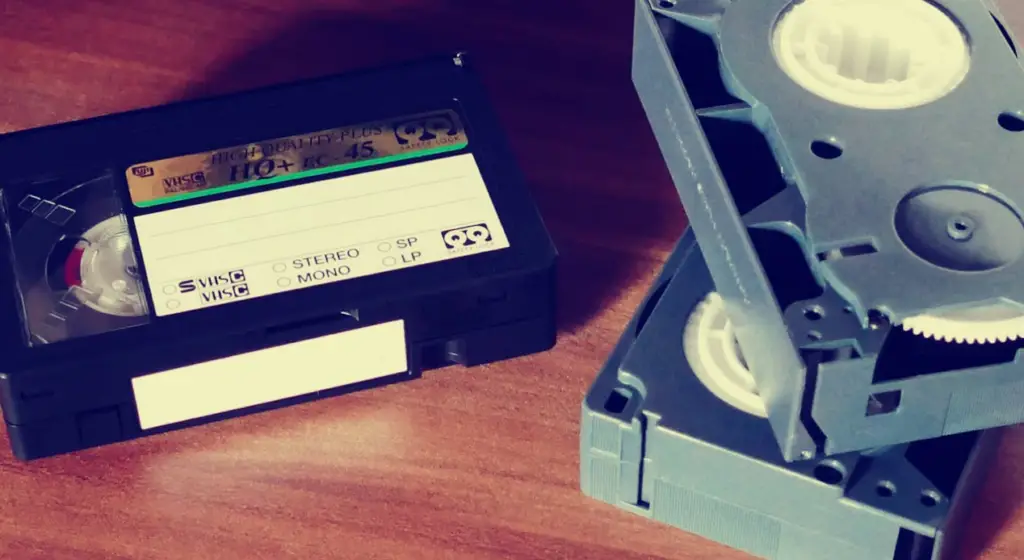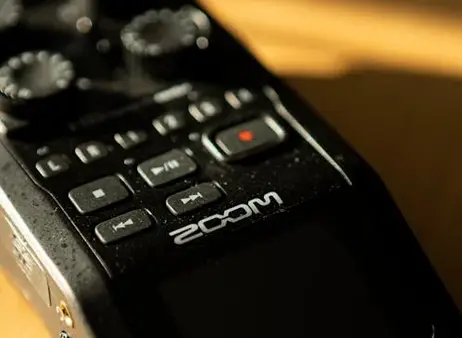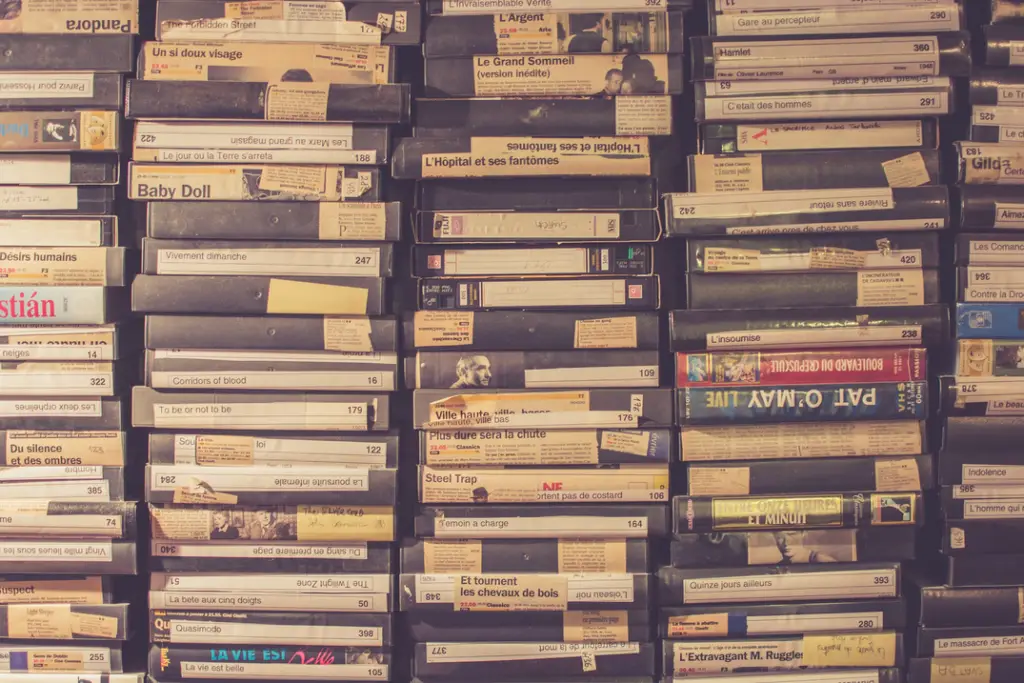VHS tapes were a revolution in home entertainment, but they certainly weren’t without their problems. As we nostalgically reminisce about those days of tape trading and movie marathons, we can’t help but recall how frustrating, clunky, and unreliable VHS technology could be. While we enjoyed the convenience of having movies at home, there were plenty of downsides that made the VHS era, in retrospect, a bit of a nightmare. Let’s take a trip down memory lane and remember why VHS tapes were often more trouble than they were worth.
1. Tapes Would Wear Out

Unlike modern DVDs or streaming, VHS tapes had a lifespan. Over time, the more you watched your favorite movie, the worse the quality became. The picture would degrade, the sound would warp, and eventually, the tape would be unwatchable.
2. Constant Tape Jams

VHS players had a unique way of making sure you got frustrated—by eating your tapes. A sudden tape jam would send your favorite movie into the depths of the machine, never to be seen again. No amount of coaxing could save a tape once it had been sucked into the clutches of the VCR.
3. Tracking Issues

Nothing could kill your movie-watching vibe faster than seeing those horizontal lines on your screen. “Tracking” problems were the worst! You had to adjust the tracking dial repeatedly to get a clear picture, and even then, it was often a blurry mess of flickers and static.
4. Clunky, Bulky Tapes

VHS tapes were big—really big. Storing a collection of your favorite movies took up serious space, and you could never just pop one into your bag. Unlike today’s digital media, which fits in your pocket, VHS required its own shelf, often covered in a mountain of clunky, cumbersome boxes.
5. No Fast-Forwarding Through Ads

If you rented a tape or recorded a TV show, you were at the mercy of commercials. Forget skipping ads with the tap of a button; you’d have to fast-forward through each one manually, which could be incredibly time-consuming.
6. Mangled Tapes From Improper Ejecting

How many times did you pull a tape out of the VCR and find it warped or mangled because someone didn’t eject it properly? The VCR had a way of making sure that you didn’t take care of your tapes—twisting them, bending them, or just making them impossible to rewind correctly.
7. Unreliable Rental Tapes

Renting a movie from the local video store often meant getting a tape that was already damaged. Scratch marks, faded visuals, and even the occasional missing scene were common. Even worse? Finding out the tape was ruined after you’d already watched half of it.
8. Tape Sticking Together

It was the ultimate nightmare when a tape would get stuck in the VCR or, even worse, when the reels inside the tape became damaged. If the tape itself got stuck, the only solution was to open it up (if you dared) and try to carefully untangle the mess. It was a gamble with every movie.
9. No “Pause” Button for Long-Lasting Breaks

While DVDs later revolutionized our ability to pause and pick up where we left off, VHS tapes didn’t allow for the same level of convenience. Pausing a VHS for an extended period often meant a faded picture when you came back, and sometimes, the tape would lose its place entirely!
10. Complicated Rewinding

If you rented a VHS tape, the polite thing to do was rewind it before returning it. But how many of us actually remembered to do that? Not only was it annoying to wait for the rewind process, but it could also be a pain when the rewind function of the VCR was slow or malfunctioning.
11. No Easy Searching for Scenes

Unlike modern digital media where you can skip directly to a scene, VHS required you to fast-forward and rewind through potentially hours of footage. It made rewatching your favorite scenes or chapters a tedious and frustrating process.
12. Tapes Could Get Lost or Stolen

Because they were so portable, VHS tapes were prime targets for being misplaced or stolen. There was always that one person who borrowed your favorite movie and never returned it. Or you’d spend hours searching for a tape that had mysteriously disappeared from your collection.
13. Fuzzy Picture and Sound Quality

Even the best VHS tapes couldn’t compete with the clarity of modern-day digital formats. The picture would often get fuzzy, especially toward the end of a tape, and sound would be distorted. The crackles and pops were part of the charm back then—but in retrospect, it was frustrating to deal with poor quality when you were craving perfection.
Despite all these issues, there’s no denying the nostalgic value of VHS tapes. They were a big part of home entertainment history, and for all their flaws, they helped shape the way we watched movies. Still, when you think back on how many problems VHS tapes caused, it’s easy to see why we’re all thankful for the convenience of DVDs, Blu-rays, and streaming services today.


